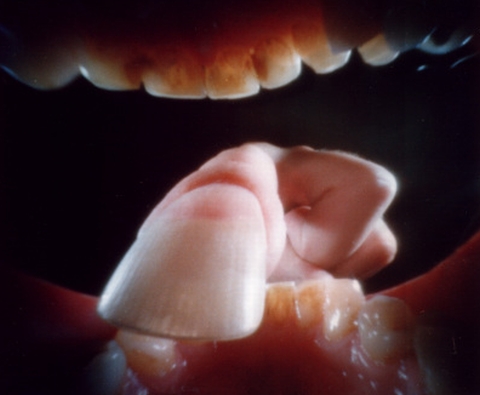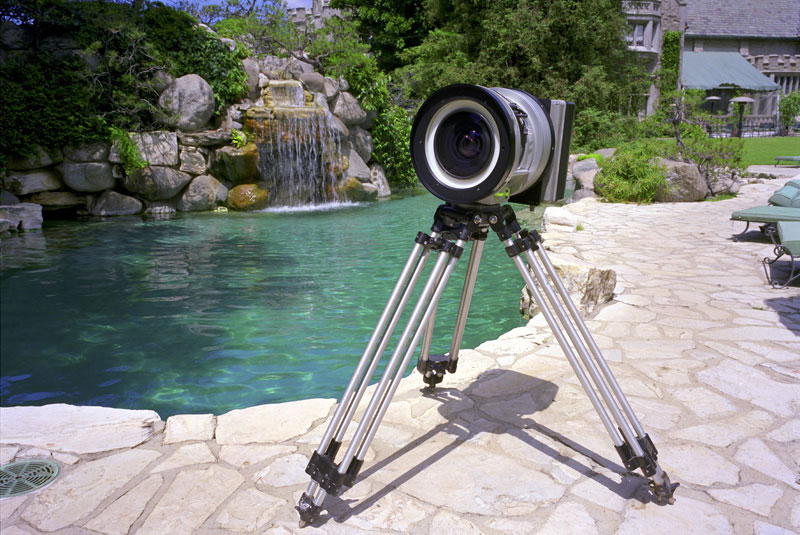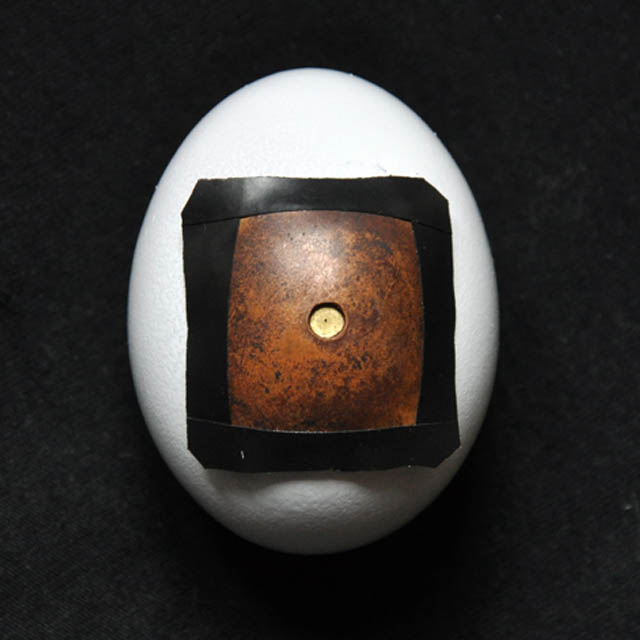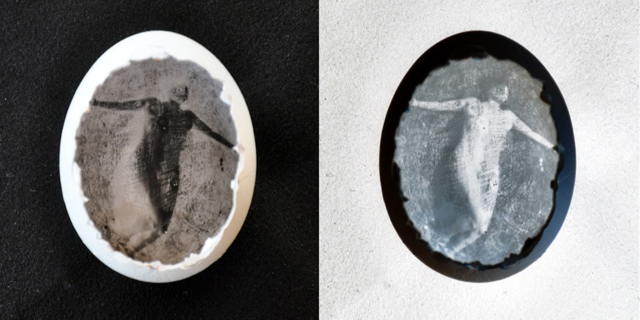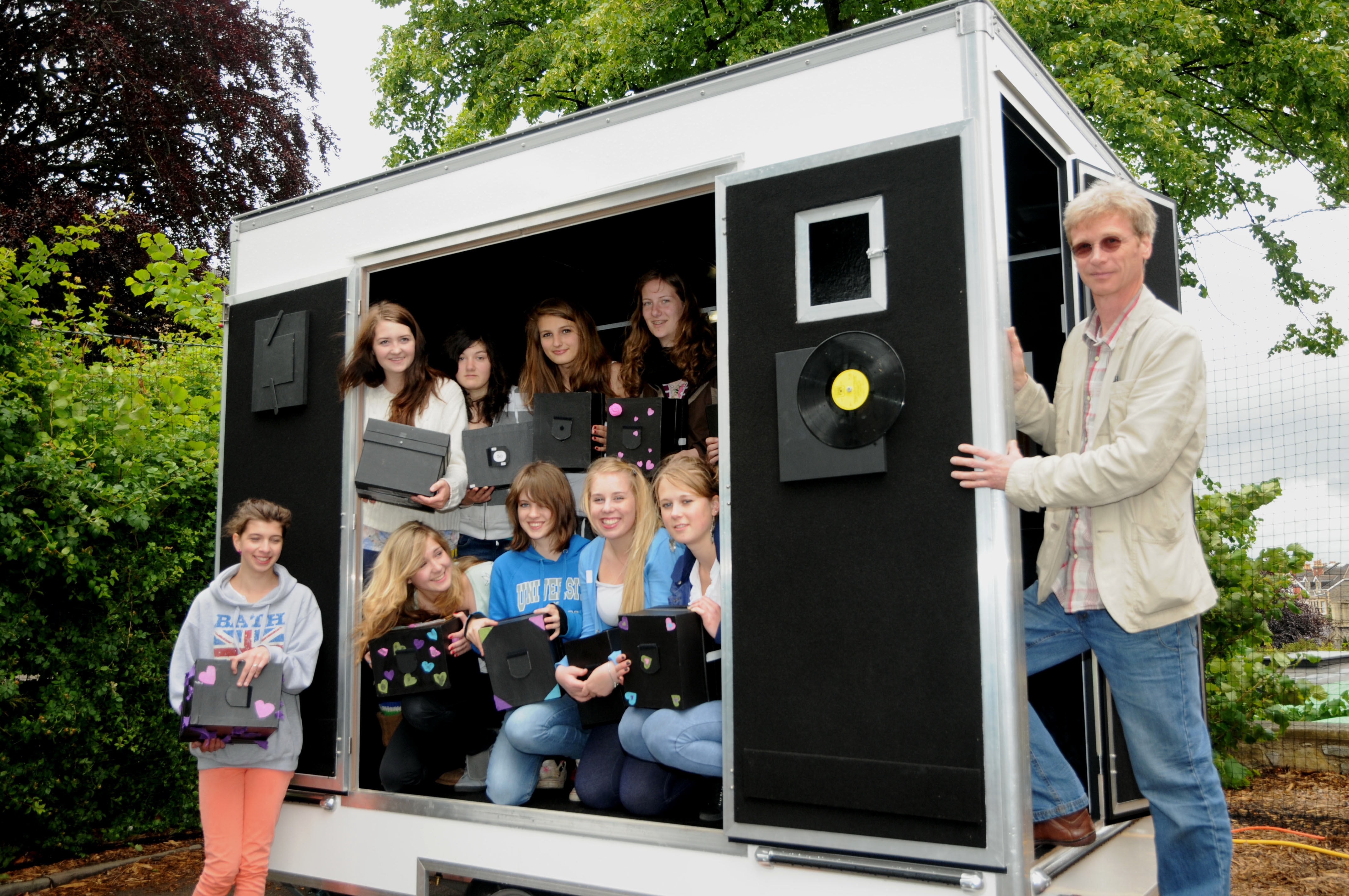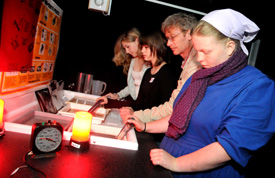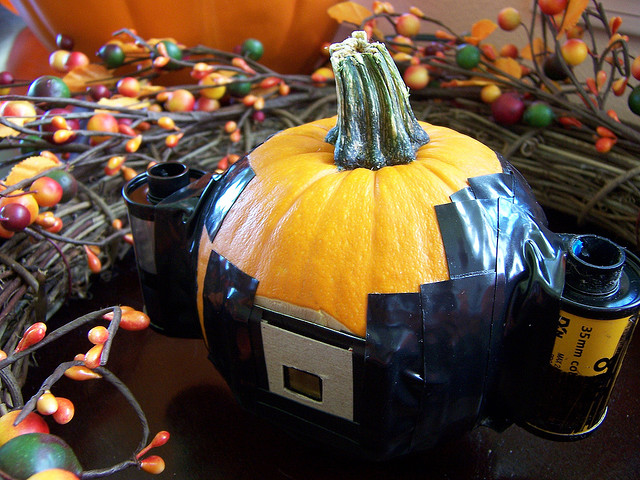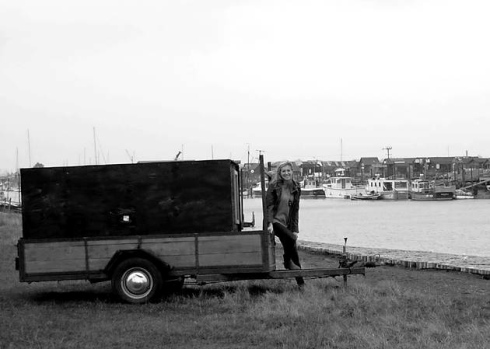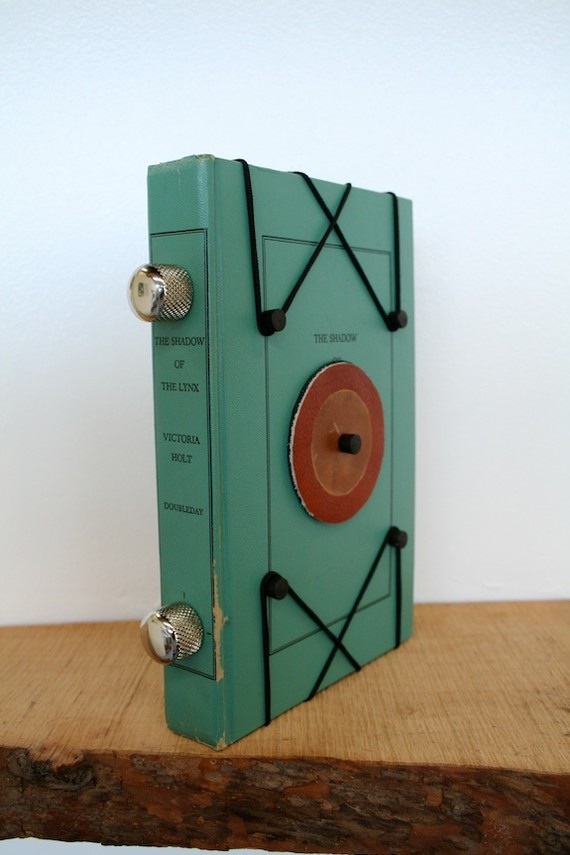When Justin Quinnell decided to take some unique photographs with his camera, he really took it to another level of taking pictures. By placing a miniature camera inside his mouth, allowing him to capture a unique and unseen angle. He photographed pretty much everything around him from going to the dentist to him taking a bath. He places the three-inch 110 cartridge film so that his back teeth can keep it stationary and then proceeds to hold his mouth wide open to take the wacky photos. Quinnell went about creating this unique pinhole camera by placing aluminium foil over a tiny hole one fifth of a millimetre wide on the film cartridge. Sometimes he has had to hold his mouth open, standing still, in front of his subject for up to a minute for the film to be properly exposed. ‘I was sitting there one day with my pinhole camera and I thought, ‘I wonder if this fits in my mouth,’ said Justin, who is one of the UK’s leading pinhole camera experts. ‘I started thinking and realised that my all my old photographic training would come into play here with depth of field and differential lighting. So I took one of my 110 cartridge pinhole cameras, which was designed to be thrown off a building or attached to a shuttle cock and put it in my mouth. It fitted right at the back perfectly.’
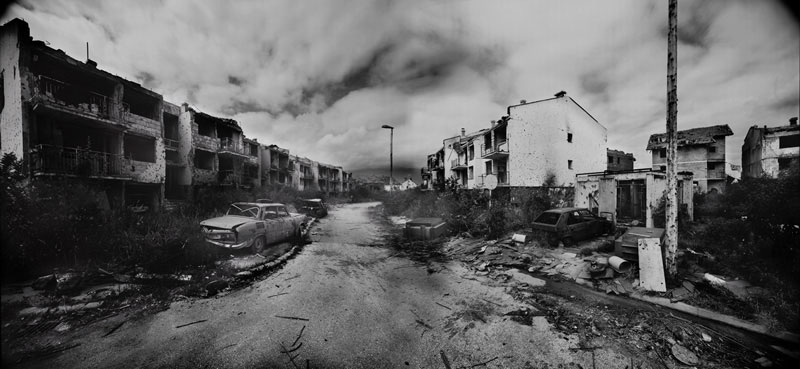
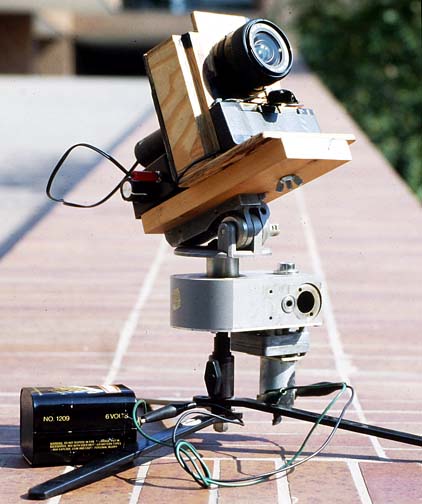
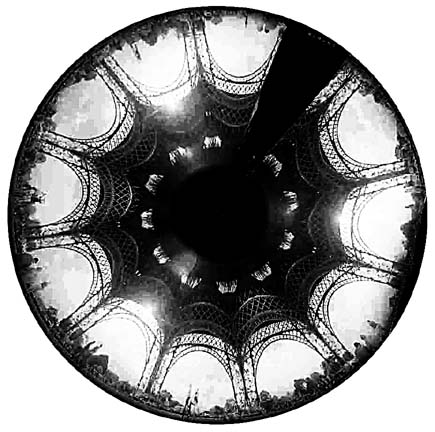
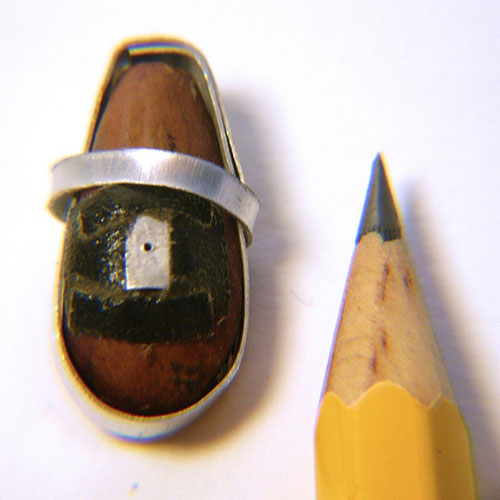

Francesco Capponi seems to completely immerse himself into the life of creating compelling pinhole cameras. He has made a number such as creating the two above: an egg with emulsion coated inside it as well as the PineHolo above which is a pine nut. Furthermore he has created pinholes out of pretty much anything he can get his hands on, a few being a abracadabra hat, a bird house, piano and even a tree! The love for pinhole photography came about when he asked his photography teacher about stenopeic photography – he suggested to look at pinhole photography which lead him to search about it and as a way of remembering things he said: “Pinhole, it sounds like pinolo (pine nut, in Italian), but with the ‘H’ after the ‘N’ and the final ‘E’”. Since that moment the little nut planted itself in my mind and grew in the form of a challenge to make my very own pine nut pinhole camera!”
‘After eating the pine nut fruit, I used the sides of the shell as a “camera obscura”. I needed the inside to be black, so I painted it. Then, I made a hole in the center of one side and applied on it a plate with a pinhole in the center. I also made two little metal rings, whose function was to keep shut the nut and keep off the light. In a dark room I snipped some photographic paper paper as big as the pinenut size and put them into the little camera, that I called Pinholo. I used my thumb as shutter. Removing the thumb from the hole and pointing the nut at my face then pointed a flash light right on my face (and going blind for a while). Back in the dark room, I opened the Pinholo and put the photographic paper bit in the developing bowl. At the center of the paper started to appear something, somehow similar to a portrait… the Pinholo functioned! With the scanner I enlarged the little negatives and restored them into positives.’
This is the Mobex mobile pinhole/ darkroom. The trailer has a multi-functional aspect as both a pinhole camera, so that people can study both the art and science of capturing an image, and as a laboratory and darkroom, where they can learn how to make light sensitive emulsions, experiment with refraction, optics and Goethe’s colour theory. Mobex were given a brief to build this unique piece of kit by Alasdair Gordon of Igniting Flames and Mobex used the latest construction techniques and materials, to help transform Alasdair’s vision into reality. The Phenomera has already been a great success in areas such as Bristol where it has travelled to various schools engaging teaches and students.
Alasdair Gordon says ‘As a teacher, I have been running courses and building Pinhole Cameras with young people and adults for the past twenty five years. Darkrooms are fast being replaced by computer software so a mobile alternative seemed a logical step. I teamed up with a company called Mobex to design and build a 2×3 metre mobile Pinhole Camera, Camera Obscura and processing Lab called the phenomera (phenomenological Camera). Built as a trailer, it can be towed by car to schools, colleges, youth groups and special events. The side doors open up as an exhibition trailer for creative exhibits and promotional functions. This is a phenomenological approach to working with light, image and optics with the craft of black and white photographic processes, which never to captive and inspire.’
This the Pumpkin pinhole! Garry’s homemade pumpkin pinhole camera was constructed by cutting a slit all the way through for the film to pass and then opened the front to frame the film and he then created his pinhole about 2 mm in size and added a ton of tape for good measure. I hope his film was alright with the smell and juice of the pumpkin!
Sarah Webster
Sarah Webster uses a very large mobile pinhole camera to create her own interpretation of a coastal environment. This large pinhole camera is transported on a trailer, measuring 8ft by 4ft. By slowing down the exposure and creating her own light sensitive surface she aims to conjure up some of the ‘magical’ qualities of early photography. She even situates herself within the camera for up to two hours at a time, observing the exposure taking place!
Erin Paysse light-weight and well crafted pinhole cameras are created through upcycling vintage hardback books! Each camera has a magnetic shutter and is designed to take standard 35mm film. The camera comes with it’s own set of instructions on how to load, shoot, and remove film, approximate exposure times, number of turns to advance each frame, as well as sample photos taken from some of her many cameras. Each camera takes very different pictures, so be ready to experiment with this incredible camera! Each of these camera costs about £150, which can be purchased through clicking her name above.
To find out how some of these cameras where made and how long it took for the photographers to construct them take a look at the book called ‘Adventures with pinhole and home-made cameras’.








